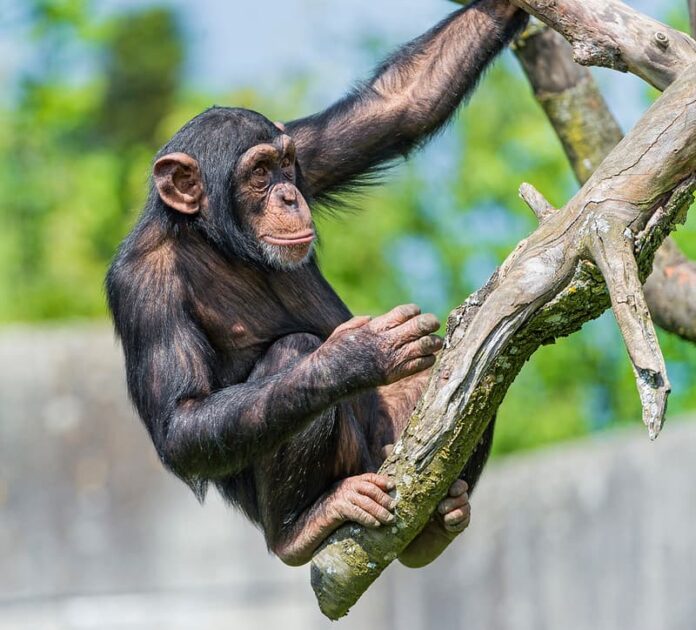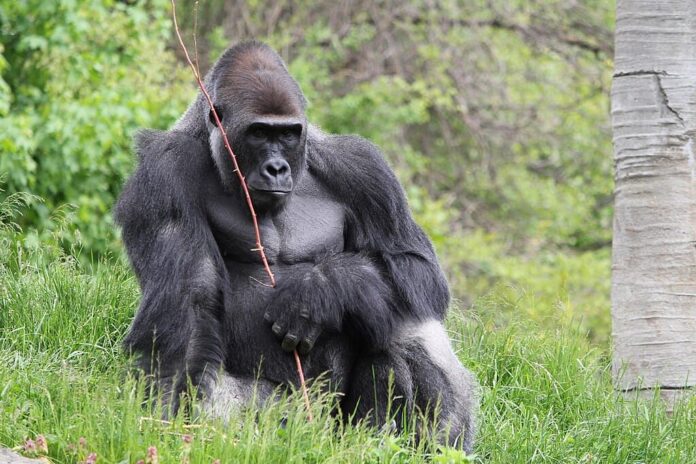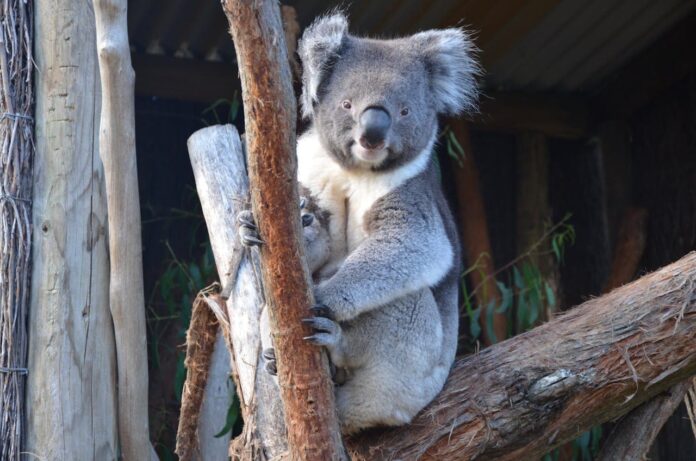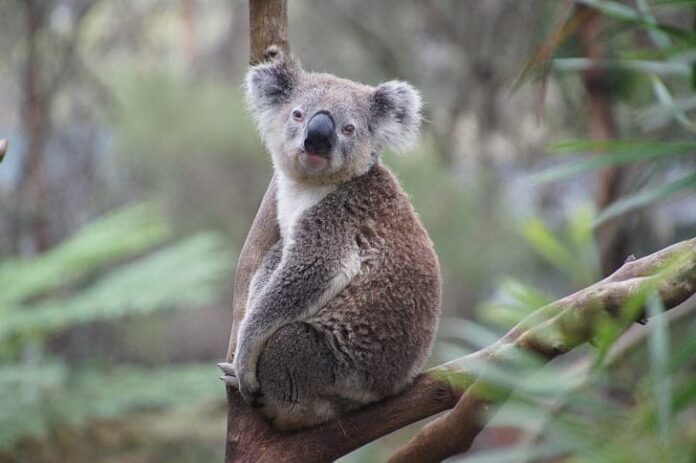Fingerprints are one of the easiest ways that we use to identify an individual. Surprisingly, there are also some animals that have fingerprints just like humans. So what animals do you think possess this characteristic like us? You probably have a few animals in mind when it comes to animals with fingerprints. To clear the doubt, feel free to check out our short list and see if you get the answer right.
1Chimpanzee

With a surprising 99.2% of DNA shared with humans, it is not uncommon to know that chimpanzees have fingerprints. Fingerprints aka dermal ridges have tiny patterns of loops, swirls, and whorls. The fingerprints in chimpanzees significantly help to increase friction needed on the surfaces that they touch like branches and more. Another study shows that fingerprints and palm prints that these primates have allowed them to grasp items in their everyday life. This makes it easy for them to hang on to and grip different objects safely. There is also another research that claims fingerprints allow the skin to deform and avoid the development of blisters. However, not many people bought that theory.
If we look back to around 5 million years ago before primates began to move upright, the extra grip was crucial. Those include grasping rocks and other makeshift tools, climbing to avoid predators, and especially leaping from tree to tree. Precise grips that they could trust were what they need in order to survive, and fingerprints serve just that purpose. Fingerprints are also helpful because they not only help to grip dry surfaces but also wet surfaces. The environments are always changing in the wild, and this just plays an important role in their survival.
2Gorilla

Just like chimpanzees, gorillas have hands that are amazingly close to humans along with fingerprints on their hands and feet. These largest primates also have fingerprints on their big toes and opposable thumbs, very much like us. Not different from chimpanzees, gorillas also have dermal ridges that assist with gripping for dexterity and the ability to climb. That way, gorillas are able to hold onto rough surfaces like branches and tree trunks. With 98% of DNA similar to that of humans, gorillas are another closest living relative to humans after bonobos and chimpanzees. This also explains why gorillas have 32 teeth which is the same number as human teeth.
All gorillas have individualized fingerprints, nose prints, and toe prints which is absolutely interesting. Researchers actually use their unique nose prints to identify each individual in the field during the study. Gorillas use their hands and feet to manipulate objects with the help of their opposable big toes and thumbs. On top of that, these primates also have fingernails and toenails that they use on a daily basis. Those nails allow them to clean, open, scrape, and scratch just like humans do. Despite being one of our closest relatives, people are the main threat to their population-associated habitat destruction. Mountain gorillas are now critically endangered as we speak, with only over 1,000 individuals globally.
3Koala

It was totally expected for the first two animals to have fingerprints, but a marsupial? Koalas are one of the 3 animals that possess this unique mark on their grippy fingers. Upon the discovery in 1996, the idea of fingerprints independently developed in koalas has always been very debatable. That is because koalas spend most of their lifetime lazing up in the eucalyptus trees munching on eucalyptus leaves. So what do these cuddly marsupials need fingerprints for? Even more fascinating, koala fingerprints are nearly identical to human fingerprints. Under a microscope, the koala fingerprints and human fingerprints are impossible to tell apart.
We talk about the shape, size, and even ridge patterns, all of them are bizarrely identical. Are koala fingerprints more similar to human fingerprints than primates? Yes, they are. The only difference is that humans also have dermal ridges on the entire fingers and across the palms. As for the koalas, they only have fingerprints on the tips of their fingers where the majority of gripping force occurs. Fingerprints also help to increase the sensitivity of the touch for a finer level of perception. Since koalas are also picky eaters, they are able to thoroughly inspect and choose the best eucalyptus leaves to eat.
Related Post: Animal Astronauts That Went To Space




